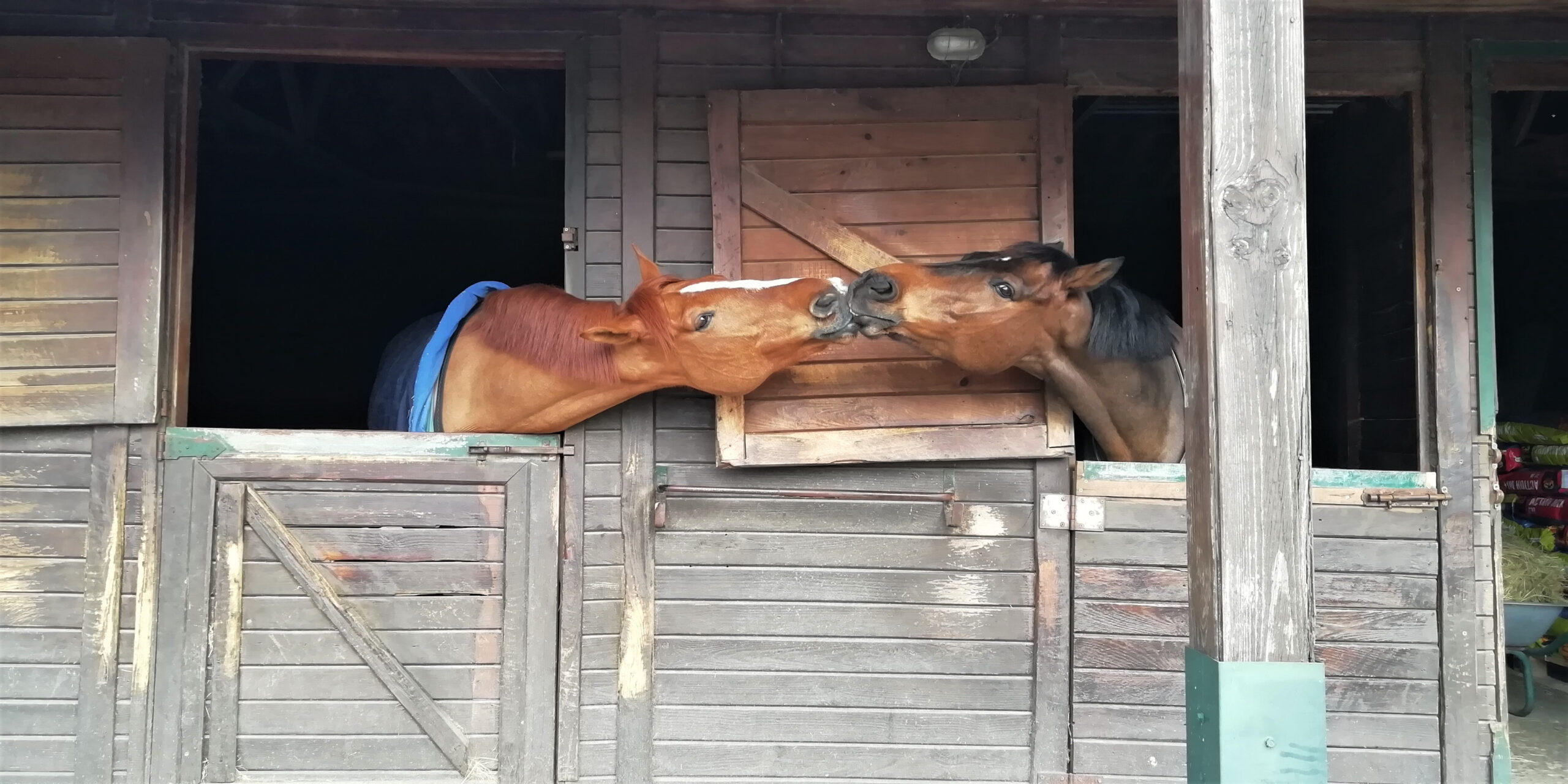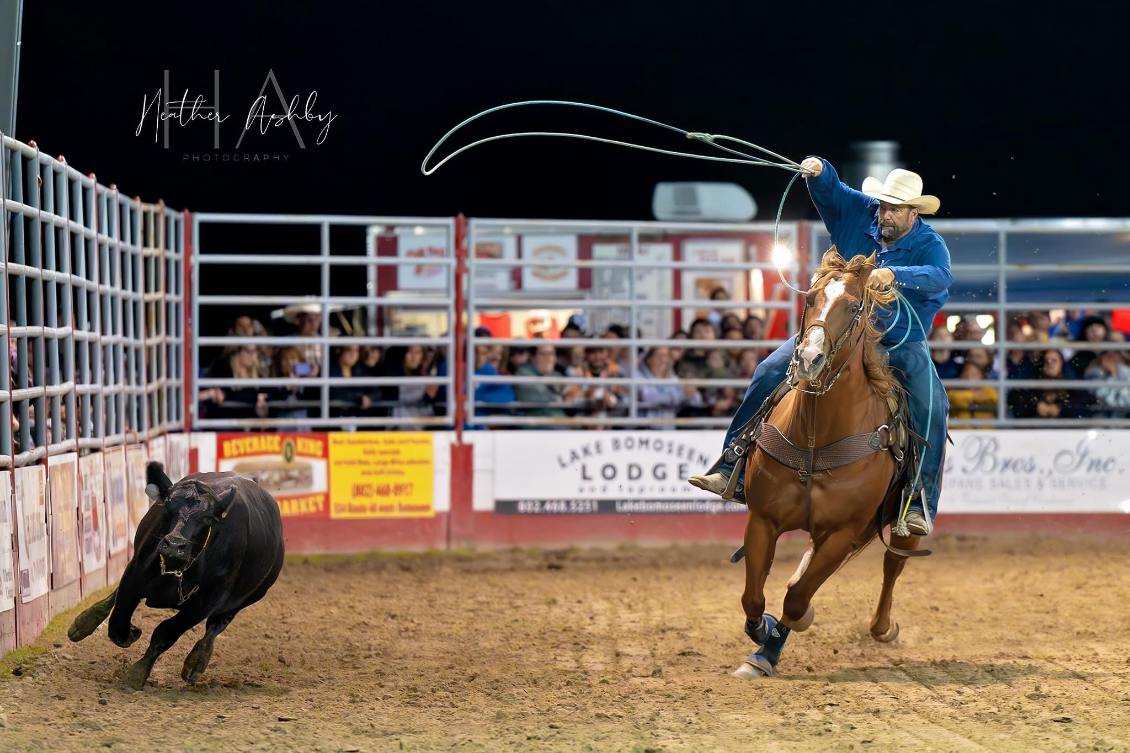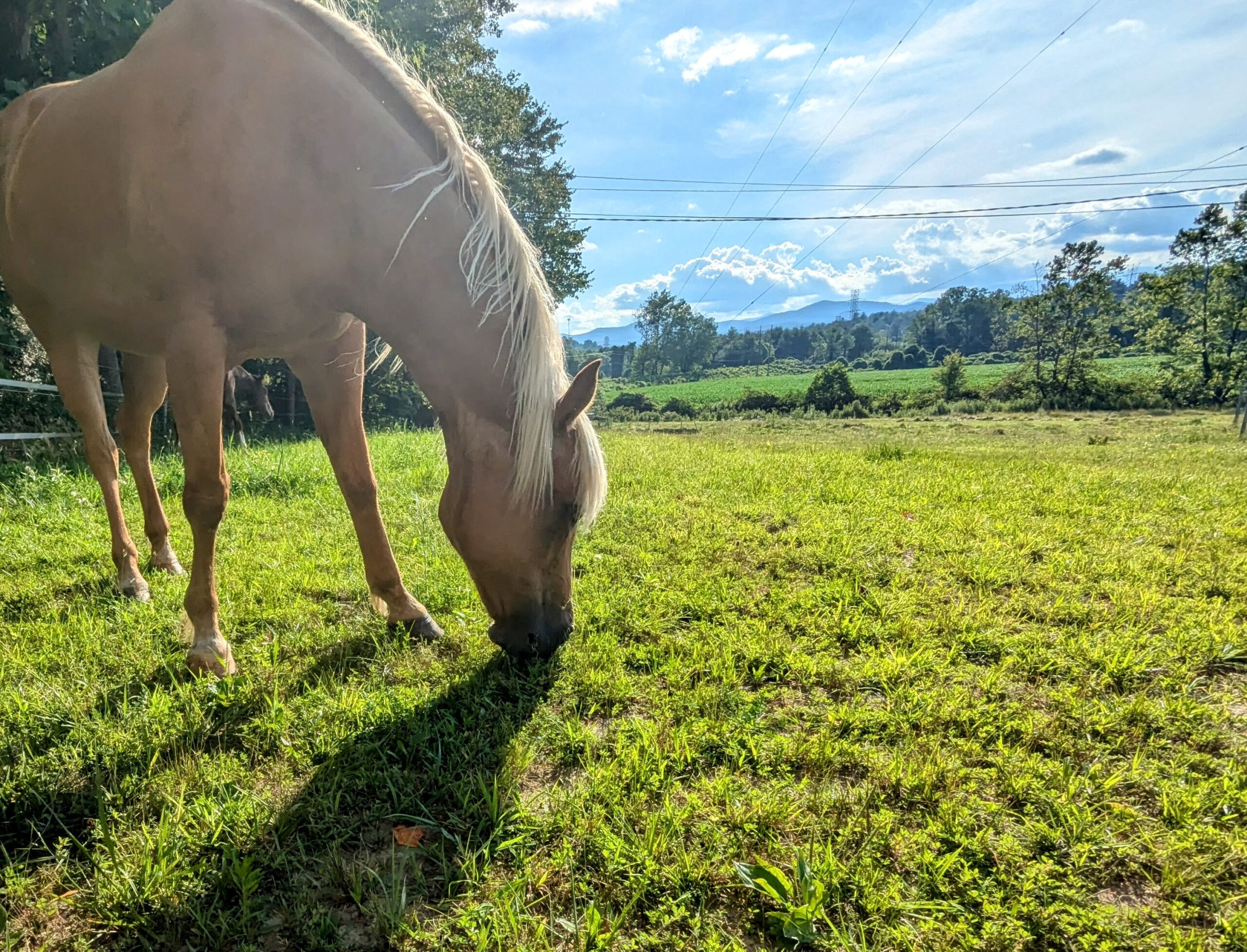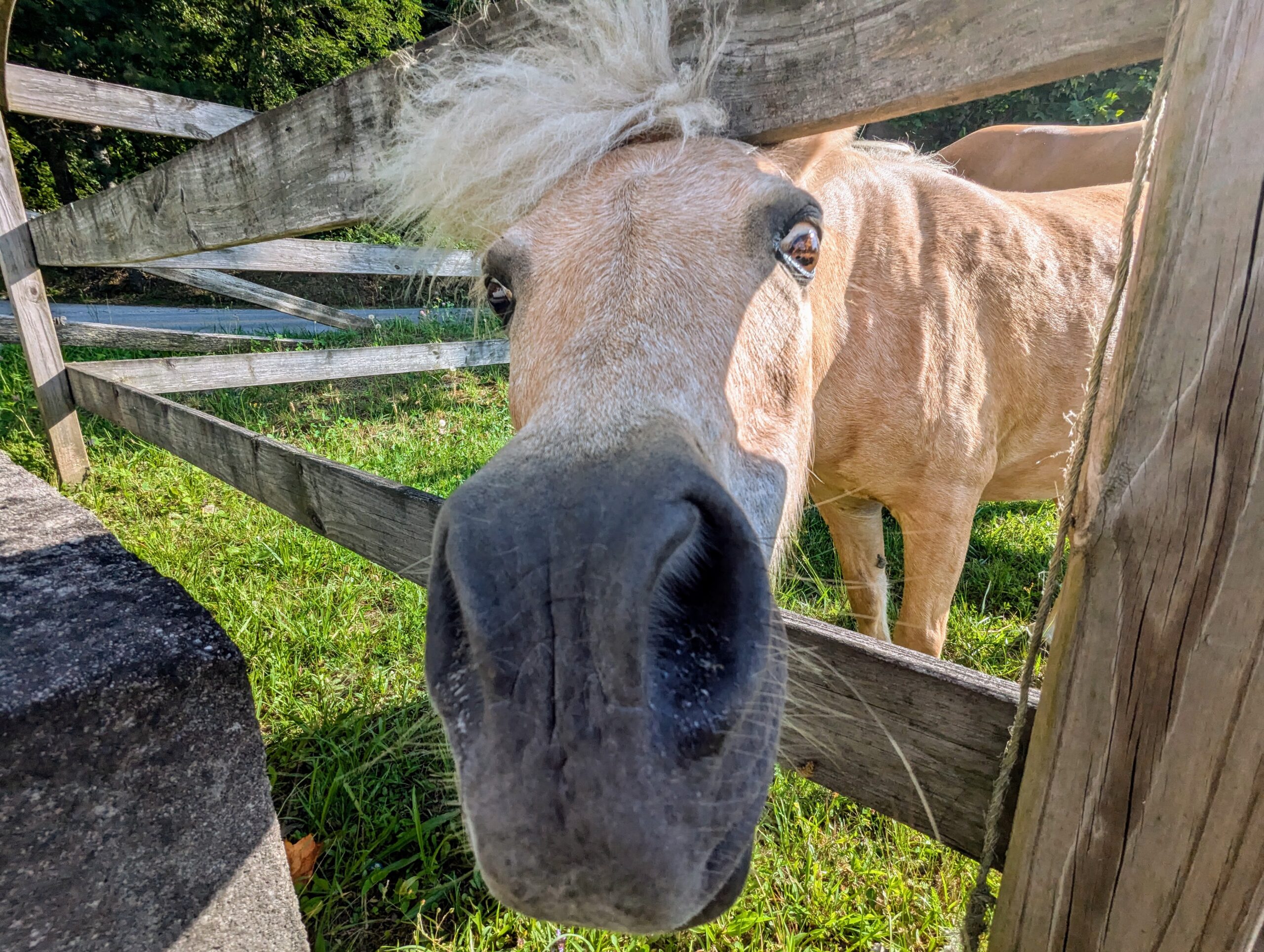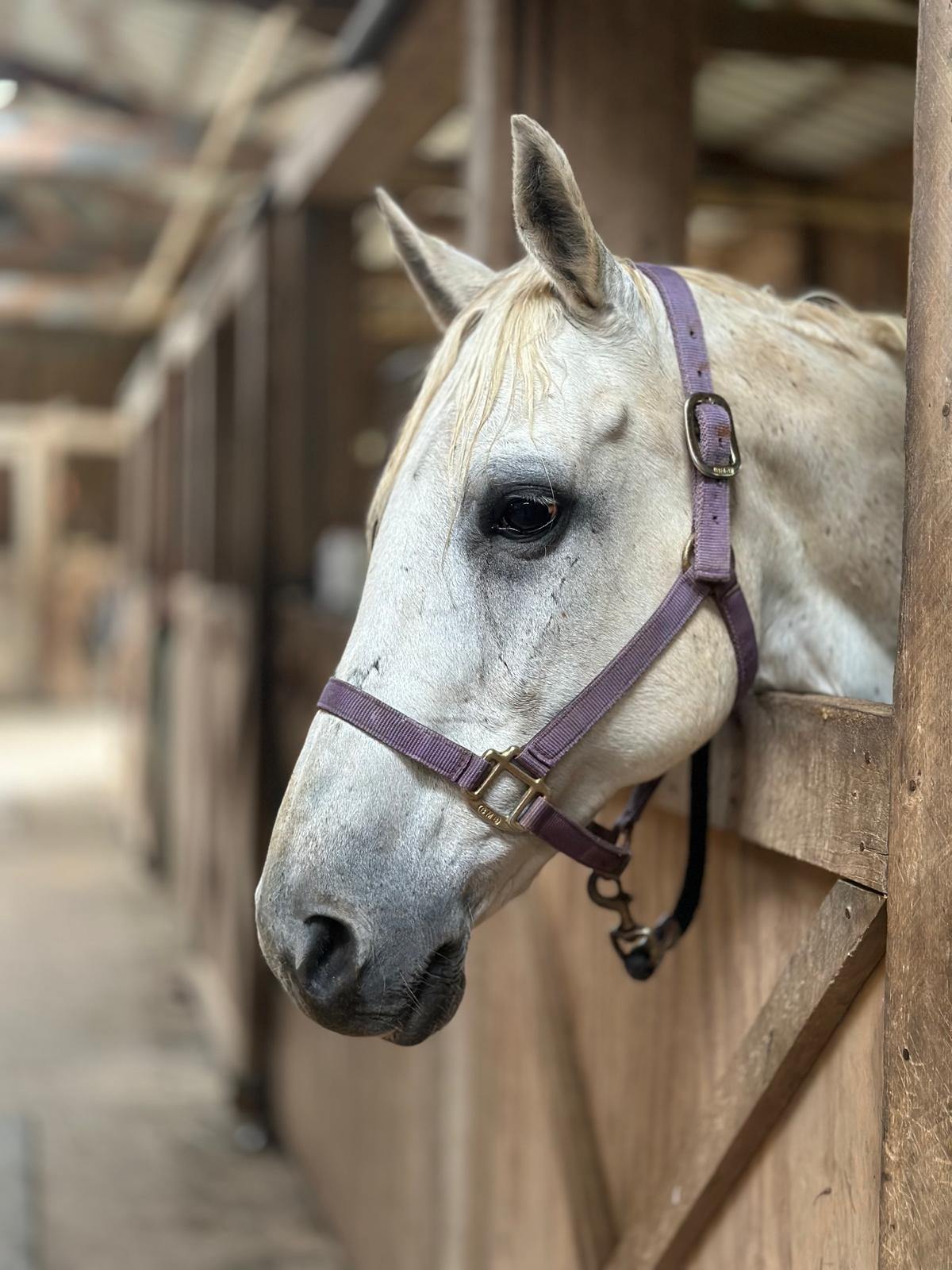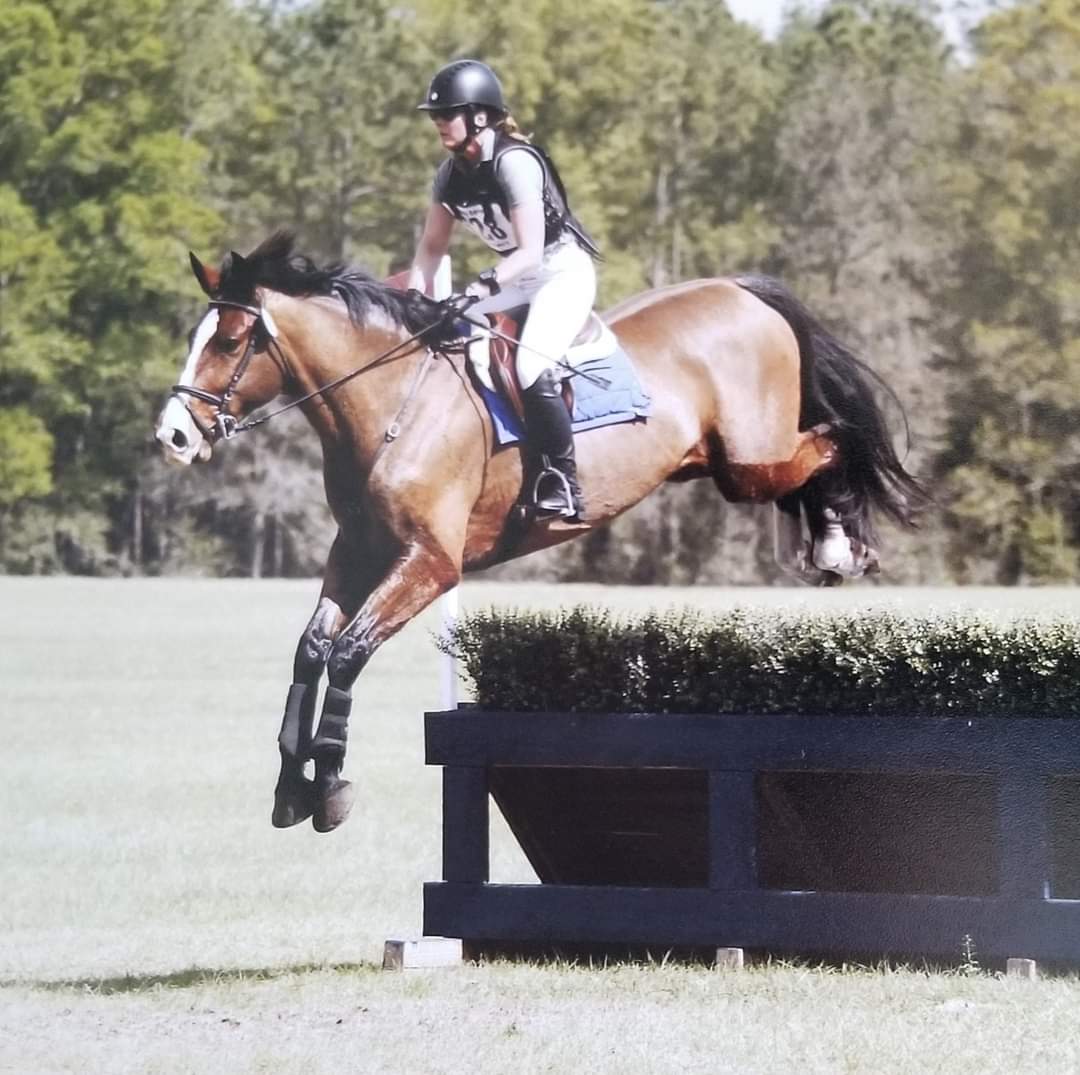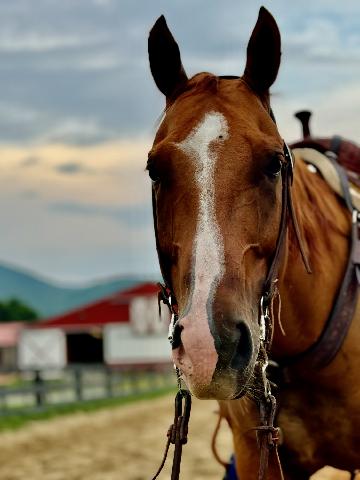Massage & bodywork improve overall performance and athleticism by increasing flexibility, improving range of motion, and enhancing overall muscle function. They can improve balance, posture, and support structural changes in the body by releasing spasms, constrictions and relieving muscular tension. Massage helps to enhance the musculoskeletal system by improving circulation to and from muscles, increasing nutrient supply, and reducing accumulation of waste products. As a result, muscles maintain suppleness and tone, are better equipped to assimilate increases in workload, and are more adaptable in response to issues that might occur from natural mechanical imbalances.
Massage can also help to improve blood supply and lubrication of joints, allowing for increased range of motion and tolerance for varying workloads. Massage reduces tension, hypertonicity, and trigger points. This relief leads to enhanced physical performance, overall balance, and more efficient movement. Ultimately, with these collective benefits, we see improved performance, athleticism, and well-being as your horse is able to move more freely, naturally, and comfortably.
Massage & bodywork shorten recovery time and relieve pain, soreness, and stiffness.
Massage and bodywork can help horses recover from injury or exercise by increasing blood flow and delivering more oxygen and nutrients to muscles. Massage helps to relieve local and referred pain caused by hypersensitive trigger points and interrupts the pain cycle by relieving muscular spasms and increasing circulation. Massage can also support other aspects of recovery by stimulating the release of endorphins to reduce activity of pain receptors. Massage techniques can stretch and realign scar tissue, reduce edema and bruising, and boost the immune system to reduce the risk of illness or infection. Improving overall circulation can help bone and soft tissue heal more efficiently and aid in the recovery from peripheral nerve lesions by encouraging blood flow to denervated tissue areas. Massage also reduces congestion and normalizes circulation in various injury or disease states.
The invaluable importance of circulation and its impact on all aspects of equine health is outlined in a 2024 article published by Nutrena, ‘Blood Circulation Matters to Horses’, It states: “Your horse’s circulation impacts many areas of his life and health, delivering oxygen and nutrients to every cell in his body while aiding in various body functions. Because of this, good circulation offers many tangible benefits. It helps to keep your horse’s muscles strong, ensure optimal hoof health, speed recovery after injury or disease, reduce the pain and swelling of arthritis, and even improve your horse’s coat.”
Check out the full article here:
https://nutrenaworld.com/blood-circulation-matters-to-horses
Massage & bodywork enhance all systems in the body.
Massage and bodywork benefit the circulatory and lymphatic system by: mechanically increasing blood flow and lymphatic flow. This helps to clear metabolic wastes and by-products from tissue damage and inflammation. Increased blood flow through the arteries also increases the efficiency of oxygen and nutrient delivery. Massage decreases muscle tension allowing the lymph system to flow more effectively and helps to release restrictions in the circulatory flow (restrictions include fascial tension, muscle spasms, and restrictive scarring). Massage also induces a parasympathetic response which causes slowing and strengthening of the heartbeat.
Massage and bodywork benefit the fascial system by: breaking down adhesions between other body tissues and freeing up the muscles to allow them to move easily and more effectively. Similarly to people, your horse’s fascial system surrounds every part of their body. It holds all of the muscles together, provides shape and support, and allows muscles to contract and stretch. As the result of trauma or inflammation, fascia can become damaged and lose its malleability. When this happens, fascia can tighten or form painful knots that restrict movement and blood flow. Healthy and supple fascia will improve posture, improve flexibility, reduce muscle tension, and allow for better blood and lymph flow through the body.
For further reading on ‘What is Fascia’, check out this WebMD article: https://www.webmd.com/a-to-z-guides/what-is-fascia
Massage and bodywork benefit the nervous system by: soliciting the relaxation response and reducing strain on the nervous system. This response can include decreased heart rate and a decrease in nerve firing. Massage can help reduce pain by stimulating the parasympathetic nervous system and reduce fascial and muscular tension. Massage can support the reduction of joint stiffness which can release impingement of the peripheral nerves. Massage can also reduce the amount of time a body spends in “sympathetic overdrive”; in other words, too much constant stress and being in fight or flight mode.
Massage and bodywork can benefit the endocrine system by: stimulating general circulation and improving the transport of hormones throughout the body. Massage can normalize endocrine activity because it balances the autonomic nervous system and can stimulate the pituitary gland to release endorphins and decrease pain.
Massage and bodywork can benefit the respiratory system by: relaxing diaphragm tension and encouraging deeper breathing. Deeper breathing will promote more efficient gaseous exchange in the alveoli / capillary beds. When performed adjacent to the thoracic spine, bodywork can improve the nerve feed to the lungs and related tissues and reduce tension in the muscles that support breathing.
This will reduce hypertonicity and trigger points in the intercostal muscles (between the ribs), the pectoralis muscles and serratus ventralis. Relaxation of the back muscles will also help to increase rib cage mobility. Massage and bodywork help to increase metabolism in the lungs and stimulate the parasympathetic nervous system to produce deeper and more efficient breathing, subsequently decreasing symptoms of respiratory disease such as COPD or heaves. Massage and bodywork can also increase fluid discharge from the lungs.
Massage and bodywork can benefit the cardiovascular system by: helping to relax and dilate blood vessels, improving blood circulation, reducing ischemia (decreased blood flow to part of the body – primarily to the intestines), and inducing the parasympathetic system which will decrease blood pressure, reduce heart rate and strengthen the heartbeat.
Massage and bodywork can benefit the digestive system by: aiding the reflex stimulation of peristalsis (the series of muscle contractions that occur in the digestive tract), and by stimulating the parasympathetic state which also stimulates digestive tract activity (rest & digest). Massage also decreases muscle tension related to the lower thoracic and lumbar spine helping to facilitate nerve feed to the various digestive organs. Massage further promotes evacuation of the colon and helps to relieve intestinal gas and colic. (*Serious colic symptoms should always include care by a veterinarian).
Massage and bodywork can benefit the urinary system by: promoting the excretion of metabolic wastes by increasing circulation. Massage helps to reduce water retention in the body by moving fluid back toward the kidneys for filtration. As a result, urine output increases as this excess fluid moves through the kidneys and to the bladder for elimination. (A horse will quite often need to urinate during or just after a bodywork session.)
Massage and bodywork can benefit the integumentary system (skin) by: providing overall stimulation for the health of the skin. Massage stimulates sebaceous glands that produce sweat, and improves skin condition, texture and tone. Massage can also stimulate sensory receptors, enhance tissue repair, and enhance healthy scar (keloid) formation. Massage can also assist in waste elimination by opening the pores and increasing the temperature of the skin.
Massage and bodywork can benefit the reproductive system by: improving the health of reproductive organs by relaxing the pelvic muscles. Massage can also help to relieve tension and cramping due to a mare being “in heat” and help to ease the pain for a mare during labor. Certain Acupoints from Traditional Chinese Medicine that are used in bodywork can help to strengthen the reproductive system and ease tension around the reproductive organs, allowing them to function better. (*Care for mares in foal should always include a veterinarian.)
Massage & bodywork help to identify biomechanic imbalances and instabilities.
Most horses are slightly asymmetrical. This is because every horse is shaped by their genetics, history, and lifestyle and perfect symmetry is rare in nature. Asymmetry can impact a horse’s way of going, level of comfort, and efficiency of movement, especially when it is further exacerbated by rider instabilities and tendencies. Through the assessment and bodywork process, we can identify these imbalances and develop strategies to re-balance and normalize the associated structures that are impacted.
In her article; Asymmetry in Horses, Katja Porenta writes: “When it comes to asymmetries there is no clear-cut answer as to what caused it and how fast or to what degree it can be corrected. More important than appearance is functionality, so the aim should always be to enable the horse to move in a balanced, symmetrical way. The body will adapt, and the asymmetries will become less pronounced, but some horses will always have some level of asymmetry. And that’s perfectly fine – the important thing is that the horse is comfortable in his body and fit for his job.” (Equitopia, 2019).
An uneven horse can suffer from stiffness, pain, injuries, burnout, poor performance and joint or muscle issues. Massage and bodywork can help to identify areas of instability or imbalance and assist in mitigating some of the symptoms related to these issues by helping to improve stability, range of motion and flexibility.
Further, in a 2023 article in Practical Horseman, Sushil Dulai Wenholz writes, “Most riders have felt their horses “go better” in one direction than the other. Maybe he feels stiff to the left or never drives equally from his hind legs. These imbalances may be caused by a number of factors, including injury, poor nutrition and neurologic issues. Over time, they can lead to soft-tissue strains and outright lameness. Thus, correcting an imbalance can be important to keeping your horse sound.”
https://practicalhorsemanmag.com/health/a-possible-solution-for-muscle-imbalance/
For further detailed reading on the relationship between horse rider biomechanics, check out this article from the National Library of Medicine: Riders’ Effects on Horses – Biomechanical Principles and Examples from the Literature https://www.ncbi.nlm.nih.gov/pmc/articles/PMC10741103/
Massage & bodywork improve disposition and overall wellness.
Massage promotes decreased muscle tension by generating overall relaxation and a sense of well-being. Through the power of touch, massage can soothe the body and balance energy. Massage and bodywork address underlying sources of discomfort and physical pain that often manifest in behavioral issues or irritability. By identifying and relieving these instances of discomfort we see an improvement in disposition and overall sense of well-being.
Within the confines of modern horse keeping and the hustle of maintaining our schedules, it is easy to forget that horses are emotional, sentient beings. As owners and riders we (often unintentionally) disregard how we energetically affect their well-being. Massage and bodywork give us the opportunity to create a space within which we can connect and begin to understand the emotional and mental baggage, fear, and trauma that our horses carry with them.
Bodywork can assist in the processing of traumatic events, as well as release some of the stresses associated with trauma. This heightened awareness allows us to more astutely meet our horse’s needs by taking a more empathetic approach to their care.
Brook Hays summarizes a recent study published by United Press International, Inc. demonstrating that horses can read and remember human faces:
‘Horses recognize human faces and their emotional expressions, using the information to assess whether a person is a threat or not. In a series of experiments, researchers at the universities of Sussex and Portsmouth showed domestic horses photographs of humans with either a happy or angry expression on their faces. Later, the horses were introduced to the people they saw in the photographs, this time with neutral expressions.
Researchers watched the eye movements of horses as they met the photograph subjects in real life. The horses perceived those who had been photographed with an angry face as more threatening. Previous research showed horses tend to focus on negative or threatening objects and events with their left eye, as the right hemisphere of their brain is tasked with assessing risk. In the new experiment, researchers found horses stared at subjects who had been photographed with an angry expression using their left eye.’
“What we’ve found is that horses can not only read human facial expressions but they can also remember a person’s previous emotional state when they meet them later that day — and, crucially, that they adapt their behavior accordingly,” Karen McComb, a professor at the University of Sussex, said in a news release. “Essentially horses have a memory for emotion.”
Contraindications
Equine massage and bodywork are not a replacement for veterinary care and contraindications do exist. It is recommended to seek the advice of an equine veterinarian before scheduling an appointment for your horse. Please reach out with any questions.
Contraindications include but are not limited to:
INFECTIOUS DISEASE: If a horse has presented with an infectious disease, and sometimes if there are other horses on the premises with infectious disease, massage is contraindicated, especially for the potential to spread disease. Consult a veterinarian if you are unsure.
FEVER – If a horse has a fever, this is a good indication that this horse may be ill or have an infection and should see a veterinarian. A normal adult horse temperature typically runs between 99-101°F (37.2-38.5°C) (normal foal temperature is 99.5-101.5°F (37.5-38.6°C)).
HEART RATE – If a horse has an elevated heart rate this could be an indication of serious pain or other problems for the horse. A slow heart rate can also indicate the need for a veterinarian (shock or medical condition). A normal adult horse heart rate is: 28-40 beats per minute, (normal foal heart rate is: 80-100 beats per minute).
RESPIRATION – If a resting horse is breathing particularly fast or slow, this could be an indication of serious pain or other condition. A veterinarian should be consulted. Normal respiration for an adult horse is 8-18 breaths per minute, (normal foal is 10-30 breaths per minute).
ACUTE TRAUMA: PAINFUL, SWOLLEN OR OBVIOUSLY INJURED AREAS – (including cuts, abrasions or bruises) If a veterinarian has been consulted and approves the use of massage and bodywork to help with recovery, careful massage would be indicated. Energy work can sometimes be helpful, especially if painful, and sometimes some manual lymph drainage massage will be indicated.
EXTREME LAMENESS – Consult a veterinarian. Pain relieving energy work might be helpful if waiting for, or after approval from the veterinarian.
COLIC – Consult a veterinarian. Pain relieving energy work might be helpful if waiting for, or after approval from the veterinarian. Potential colic indications should always be taken seriously.
According to the American College of Veterinary Surgeons (ACVS), Colic is a general term that refers to abdominal pain in the horse. Signs of pain may range from mild (looking at the flank, lifting the upper lip, no interest in eating, kicking the hind legs up toward abdomen) to severe (repeatedly laying down and getting up, violently rolling up onto their backs, or throwing themselves down on the ground).

